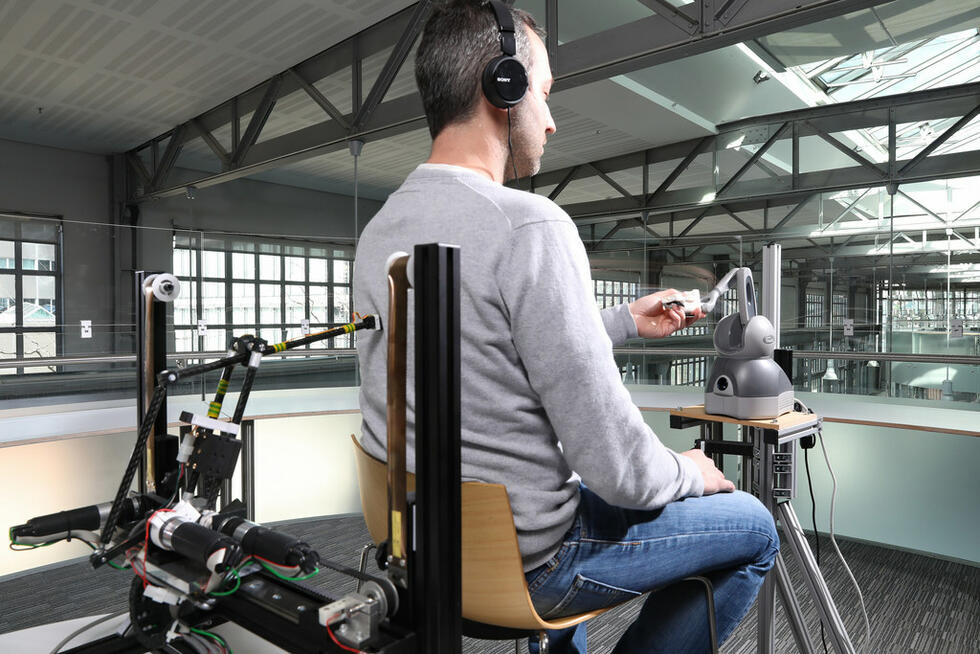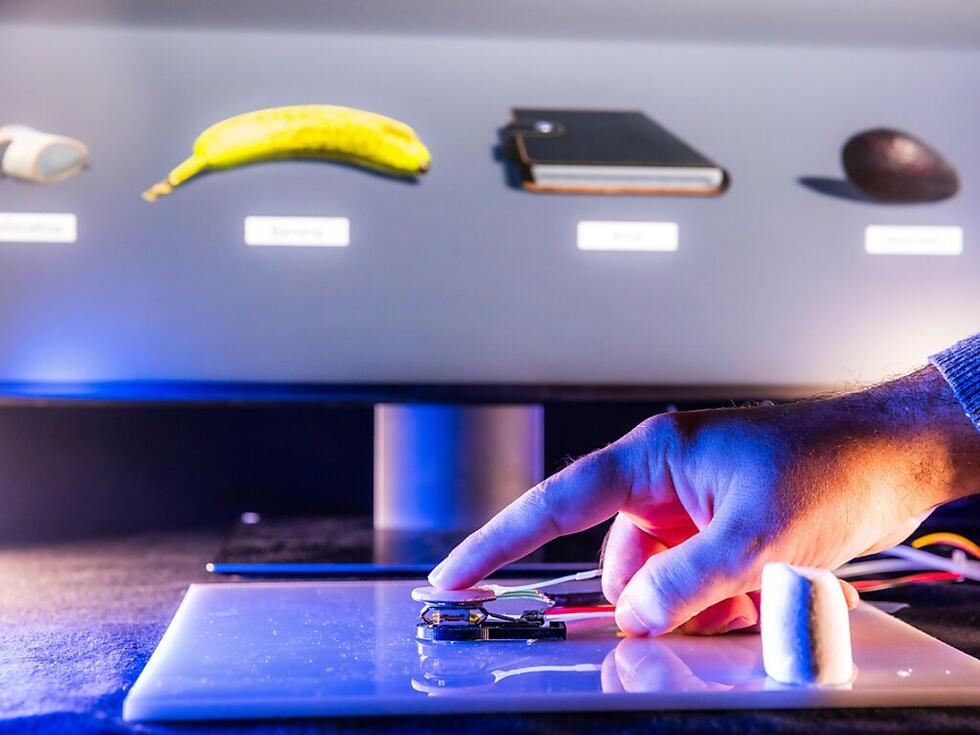SHORT NEWS
Physicists develop potential quantum computer interface
For the first time ever, a team of researchers has succeeded in making a silicon bar emit quantum-physically entangled radiation. The researchers hope that the oscillating, 30-micrometer silicon wafer will open up new ways of transmitting information between quantum computers.

Even Albert Einstein was puzzled by the quantum-physical phenomenon of entanglement, which, in view of the strange connection, he called “spooky action at a distance”. In the meantime, the phenomenon, whereby changes in one particle also immediately occur in the partner particle, regardless of the distance between the two, is being used for technological applications. For example, in quantum cryptography, which enables the wiretap-proof transmission of information.
As a part of Johannes Fink’s research team at the Institute of Science and Technology (IST) Austria, Shabir Barzanjeh is working on the phenomenon of entangled microwave radiation. “Imagine a box with two openings. If the openings are entangled, the radiation emitted through one opening can be defined by observing the other,” the scientist explains.
For the very first time, the team has succeeded in using a mechanical object to generate entangled radiation. Although only 30 micrometers in size, the silicon bar is extremely large on the scale of the quantum physics world, where idiosyncratic processes usually unfold only in the tiniest dimensions. Shabir Barzanjeh: “The question we asked ourselves was: Is it possible to generate entangled radiation using such a large system? Now we know the answer: Yes, it is.” He and his colleagues reported on this success in the “Nature” journal.
The fact that they succeeded in using what are known as mechanical oscillators prompted them to contemplate more far-reaching applications. In addition to the fundamental difficulties of designing a quantum computer capable of carrying out complex calculations, there is also the question of how these systems, which are as well shielded from external influences as possible, can be connected to each other.
“Essentially, what we have built is a prototype for a quantum interface, i.e. a possible transmitter of data from the sensitive computers and conventional optical fiber transmission lines. “The oscillator we built has taken us one step closer to a quantum Internet,” Shabir Barzanjeh emphasized.








































































































